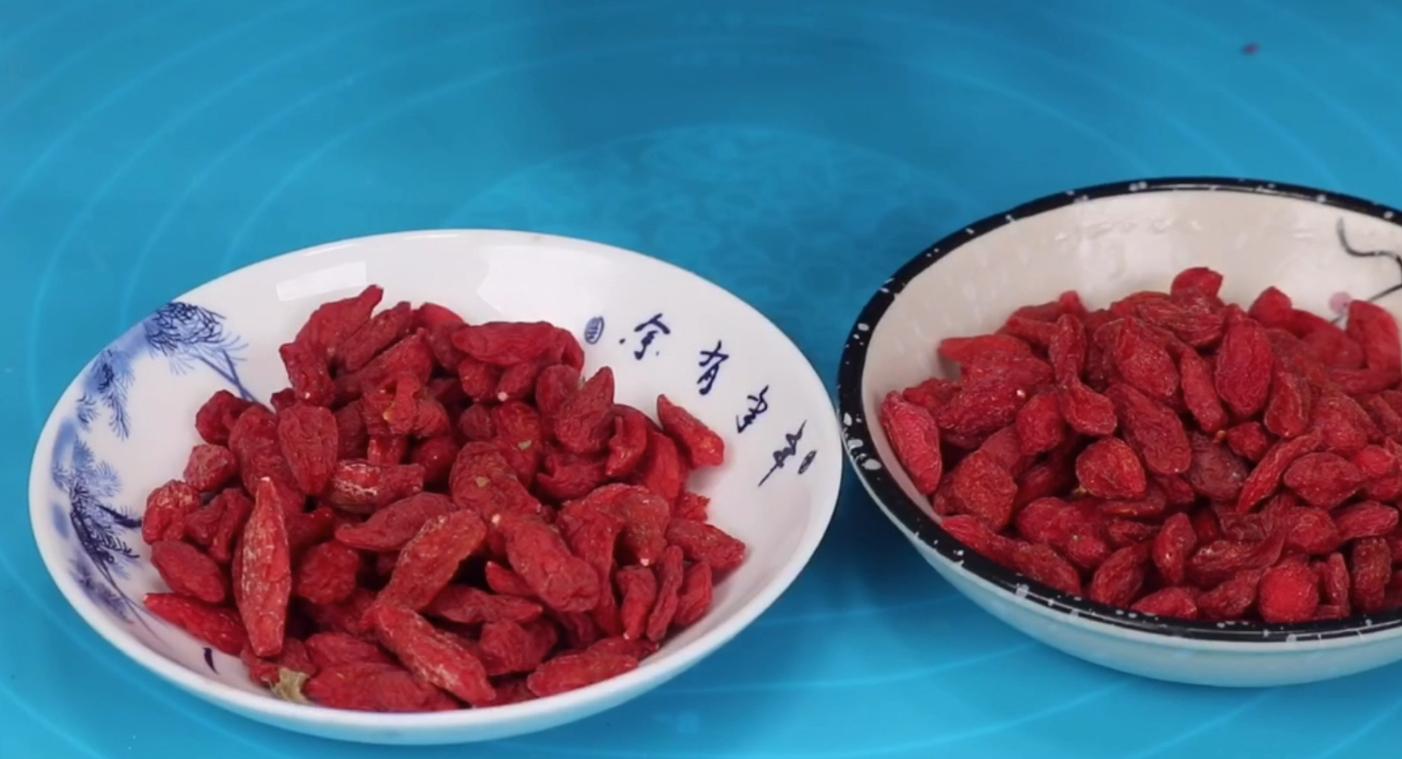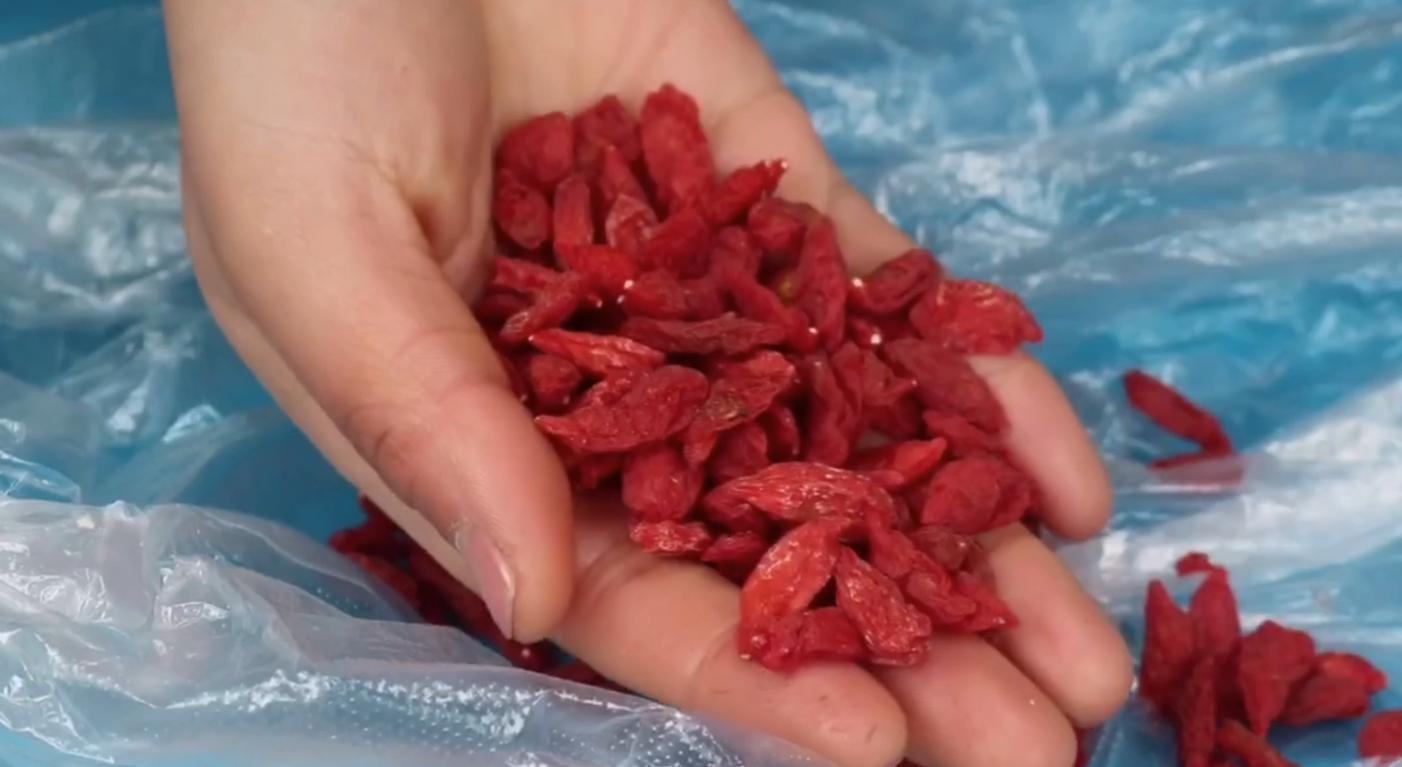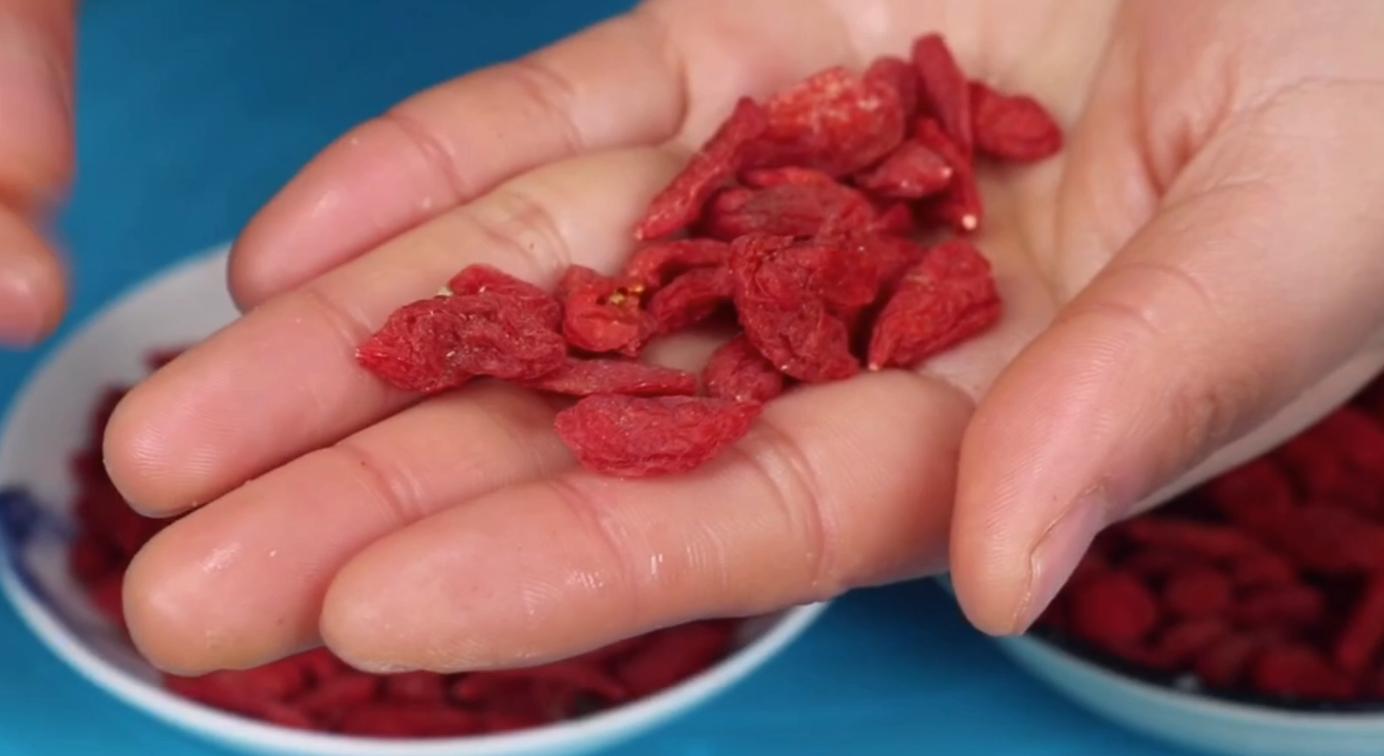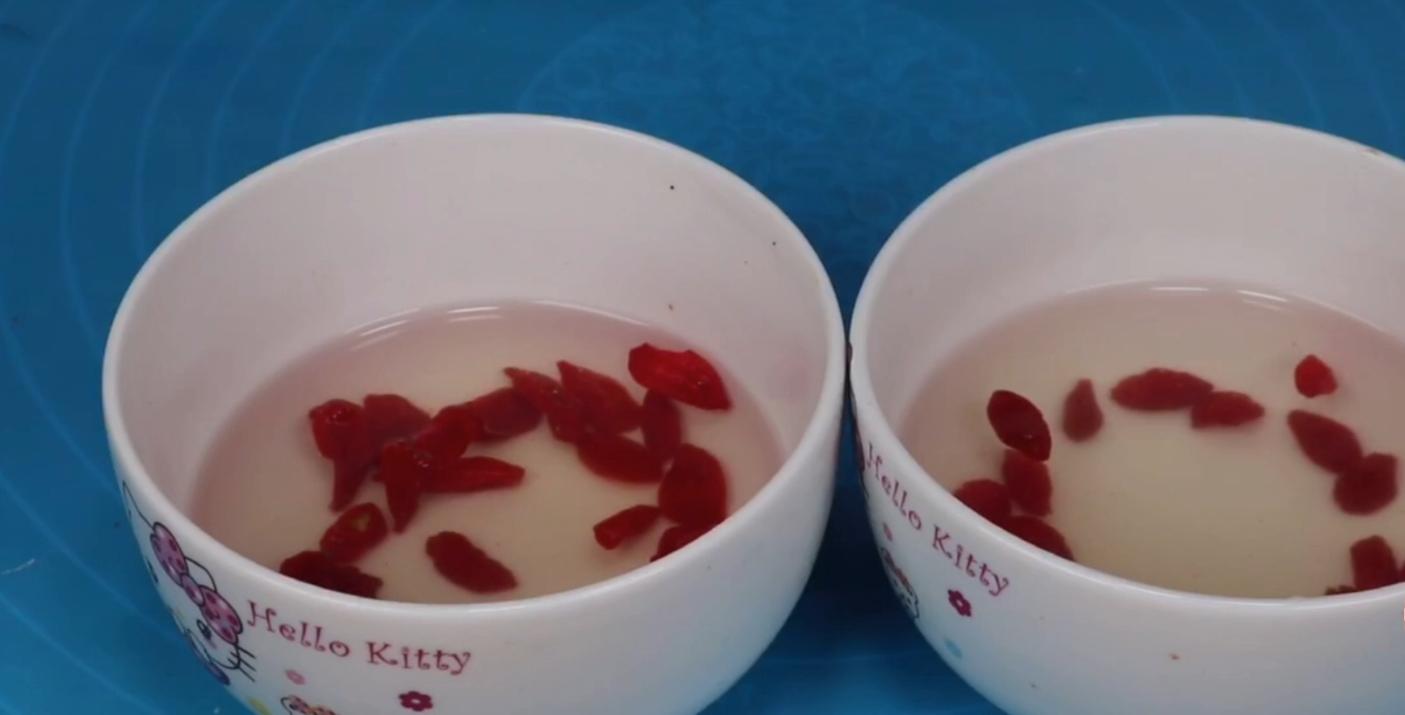Goji berries are widely recognized as a highly nutritious food, rich in goji berry polysaccharides, a water-soluble polysaccharide with bioactive properties. These compounds can boost immunity, combat aging, fight tumors, reduce fatigue, and even protect the liver. Incorporating goji berries into your daily diet can significantly benefit your health. They can be consumed in various ways, such as steeping in hot water, adding to soups or porridges, or even chewing directly. These methods can help clear heat, nourish the stomach, and support the lungs and liver.

However, while many people are familiar with the health benefits of goji berries, it’s crucial to ensure their quality and safety. Unfortunately, some goji berries on the market may be treated with sulfur, a harmful chemical used by unscrupulous vendors to preserve the berries during transportation or to disguise low-quality, stale products. Sulfur fumigation can make the berries appear brighter and more attractive, but it poses serious health risks if consumed over time. Therefore, it’s essential to avoid sulfur-treated goji berries.

Here are 3 simple tips to help you identify and purchase high-quality goji berries:
1. Check the Color
- High-quality goji berries typically have a natural light red or pale yellow hue. They may also have small white spots, especially at one end of the berry.
- Sulfur-treated goji berries often appear unnaturally bright red and lack the small white spots. If the color looks too uniform and vibrant, it’s a red flag.

2. Examine the Texture
- Naturally dried goji berries are slightly shriveled due to water evaporation. They feel dry and non-sticky to the touch.
- Sulfur-treated goji berries may feel sticky or clumped together when handled. When you pick up a few berries, give them a gentle squeeze—if they feel tacky, they’ve likely been treated with sulfur.

3. Observe the Water Color After Soaking
- When soaked in water, high-quality goji berries release a light yellow, clear liquid that tastes slightly sweet. This is due to the presence of lycium barbarum polysaccharides, which dissolve in water.
- Sulfur-treated goji berries will produce a cloudy liquid with impurities and may have a slightly sour taste.

By following these three tips—checking the color, examining the texture, and observing the water color after soaking—you can easily identify and purchase high-quality, sulfur-free goji berries. These small but effective strategies will help you choose the healthiest and safest goji berries for you and your family. Have you mastered these tips?
